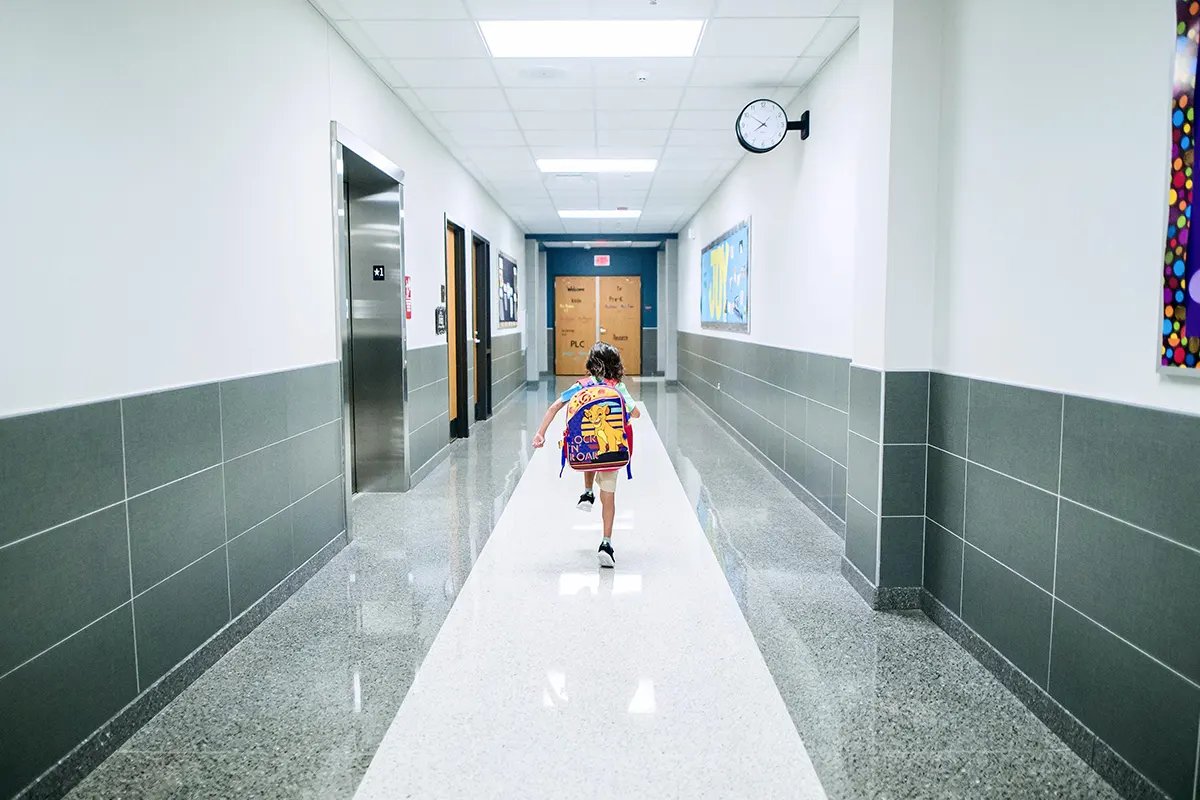The Impact of a Clean Campus: A Magnet for Success
Institutional success often hinges on the perception and feel of the spaces within which knowledge and growth take place. This rings especially true for higher education institutes, where the campus environment can significantly influence the academic, social, and professional experiences of students and staff. While it’s easy to understand the intrinsic appeal of an impeccably clean campus, the tangible benefits reach far beyond aesthetics. Cleanliness isn’t merely a reflection of an institution’s values; it is a powerful contributor to academic productivity, health, and overall campus success. This post explores how maintaining a spotless campus can elevate universities in the eyes of current and prospective community members.
Clean Campus: Health Benefits for Students and Staff
Clean surroundings aren’t a luxury; they are a necessity for fostering an environment that is conducive to learning and well-being. In schools, where large volume traffic is not only expected but also necessary, maintaining hygiene and cleanliness is a formidable challenge yet a critical imperative. With regular cleaning regimens, allergens, contaminants, and illness-causing germs can be greatly reduced, leading to decreased absenteeism and increased student and staff health. Clean classrooms and facilities can alleviate distractions, allowing students to focus on their studies without the discomfort of untidy surroundings.
Positive Effect on University’s Image and Reputation
A lush lawn stretching before a glistening college entrance, polished pathways beckoning with their neatness — such scenes are more than visual feasts for the eyes; they are the embodiment of an institution’s commitment to its constituents’ welfare. A university’s image is crafted not only by its academic prowess but also by the emotional attunement it manifests through a well-maintained campus. Visitors and stakeholders equate the institution’s physical presentation with its organizational strength and ability to provide a top-tier education.
Challenges in Maintaining a Clean Campus
High Traffic Areas and Their Special Needs
Where there is high traffic, there will be a more rapid accumulation of dirt and wear. Fundamental campus areas like lecture halls, laboratories, and libraries are the hotbeds for activity, which makes their cleanliness not only a functional necessity but a unique challenge. Addressing these high-traffic zones requires a targeted approach with special cleaning schedules, quick response protocols, and durability-focused maintenance plans.
Weather and Seasonal Considerations
Universities are encampments of activity that weather and seasonal change can heavily influence. Whether it’s tracking in mud during rainy months or combating salt and grit during snowy winters, the weather poses significant complications for keeping campuses clean. To tackle these seasonal variations, institutions must adapt their cleaning plans and practices to ensure that environmental variances do not compromise the overall hygiene and aesthetic appeal of the campus.
Solutions for Effective Campus Cleaning
Innovative Cleaning Technologies and Practices
In today’s fast-paced world, cleaning technologies have evolved to enhance efficiency and effectiveness. From using eco-friendly solvents to advanced robotics, universities have access to an array of innovative tools that can help them maintain cleanliness with minimal impact on the environment and maximum efficiency. State of the cleaning practices not only elevate the standard of cleanliness but also reflect an institution’s commitment to progress and sustainability.
Importance of a Comprehensive Cleaning Plan
A haphazard approach to campus cleanliness leads to compromised standards and overlooked areas. A comprehensive cleaning plan should be tailored to the specific needs of the university, considering factors such as the scale of the campus, the variety of facilities, and the demographic of its users. It should also include regular assessments and feedback mechanisms to continuously improve and adapt the plan to the evolving needs of the institution.
The Role of Professional Cleaning Services
Benefits of Outsourcing vs. In-House Cleaning
In determining the best path for maintaining campus cleanliness, the debate between in-house cleaning operations and professional cleaning services is pivotal. Outsourcing cleaning services can bring in specialized expertise, advanced resources, and a cost-effective alternative to in-house solutions. It allows universities to focus on their core educational missions while ensuring a standard of cleanliness that meets or exceeds expectations.
How to Choose the Right Cleaning Service for Your Campus
Selecting the right cleaning service entails a thorough evaluation of the service provider’s track record, its alignment with the institution’s values and objectives, its approach to sustainability, and the flexibility of its services to meet the university’s dynamic needs. By choosing a cleaning service that shares their vision, universities can establish a collaborative partnership that enhances the overall campus experience.
Clean Campus Conclusion
In a world where first impressions and environmental experiences are so critical, the importance of a clean campus cannot be overstated. By recognizing the far-reaching benefits of campus cleanliness, university administrators can foster environments that support not only the physical health of their community but also promote a positive learning and professional support culture. Beginning with innovative cleaning practices and extending to partnerships with professional cleaning services, a focus on campus cleanliness propels universities forward in their quest for excellence and distinction. Not taking steps to mitigate prevalent risks on campus endangers the well-being of students, faculty, and the institution’s standing. Ensure a secure learning environment with proactive campus safety measures








